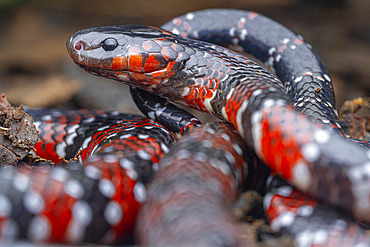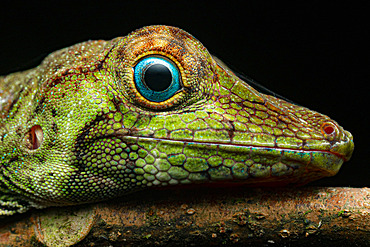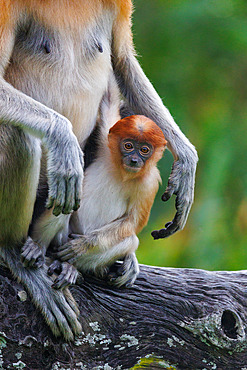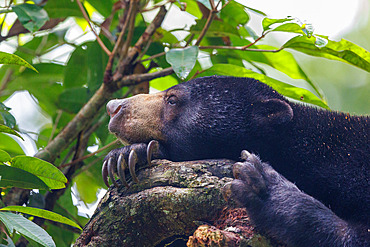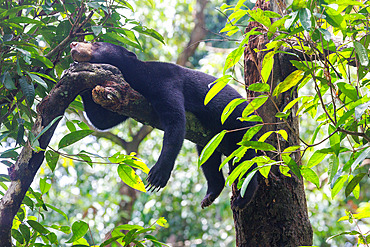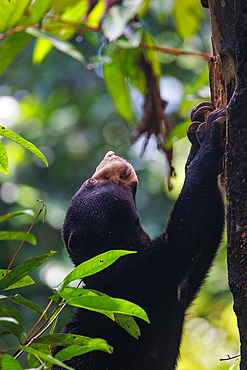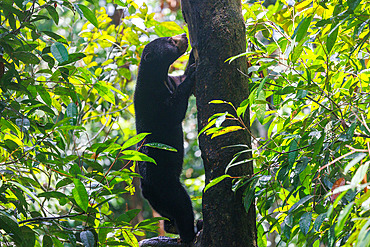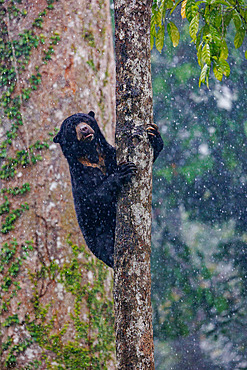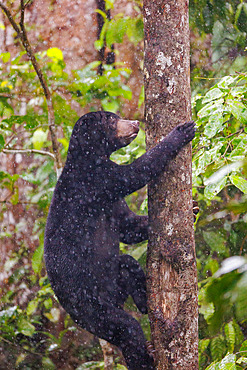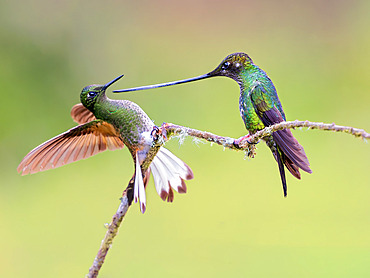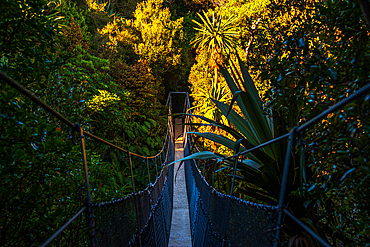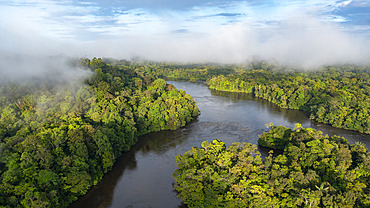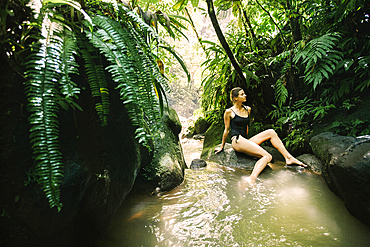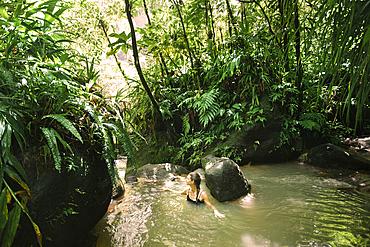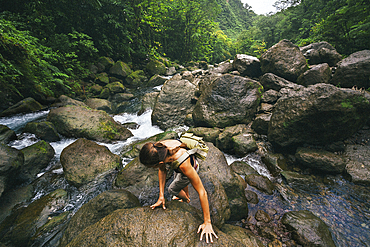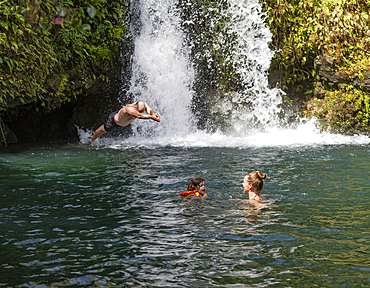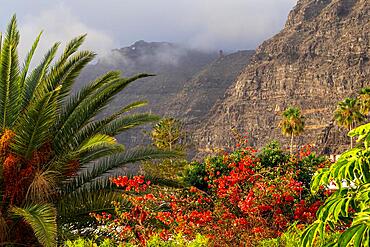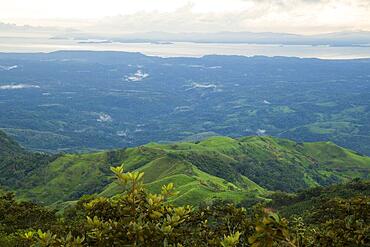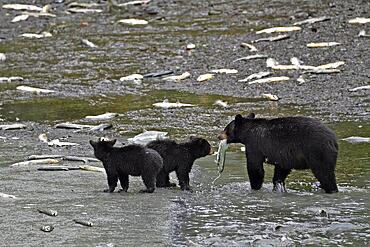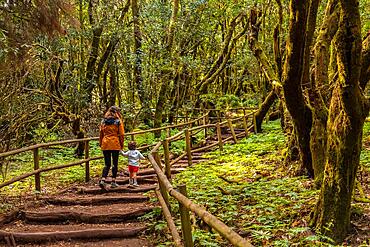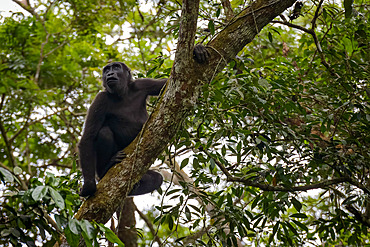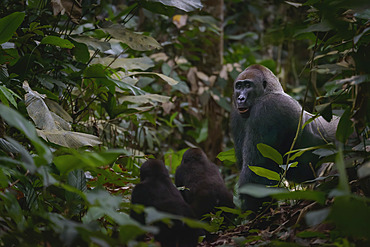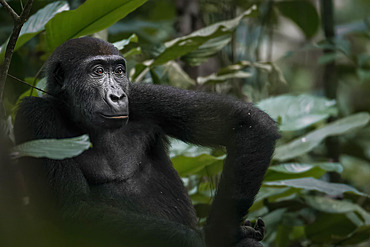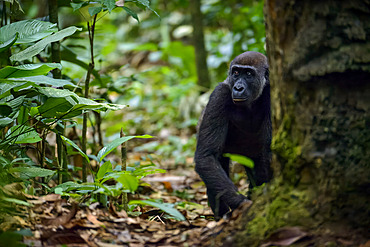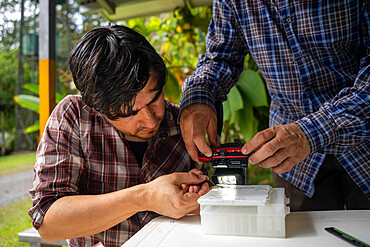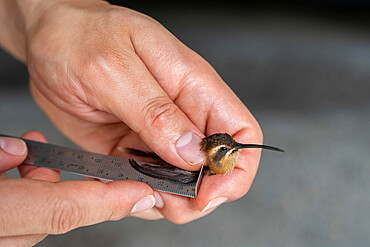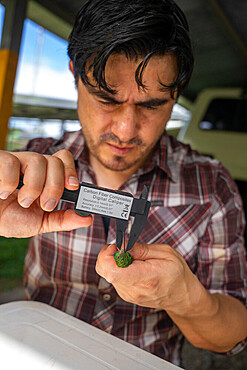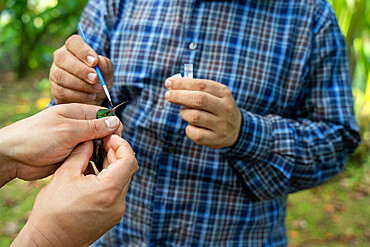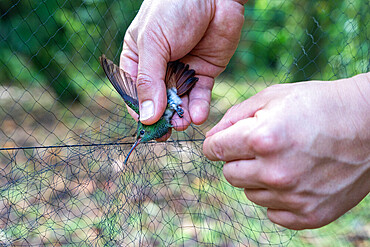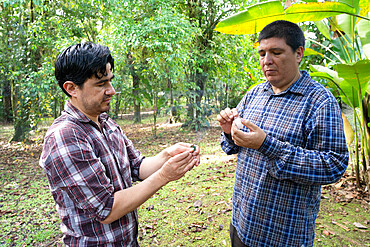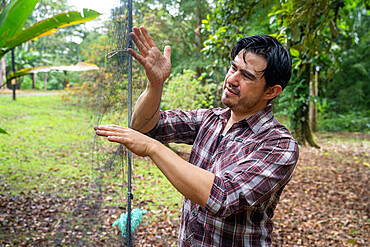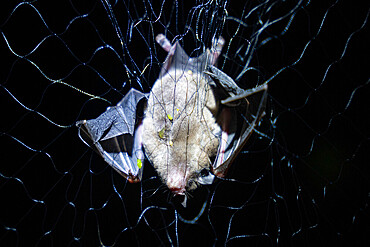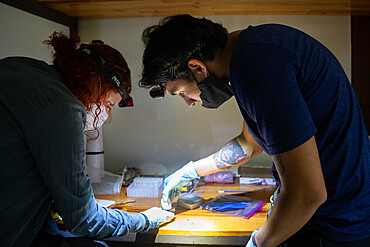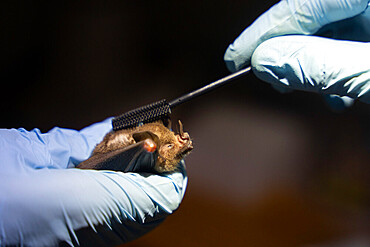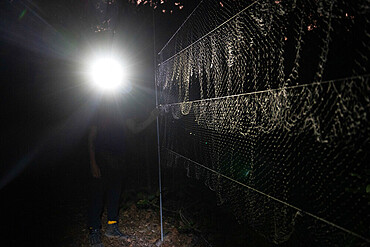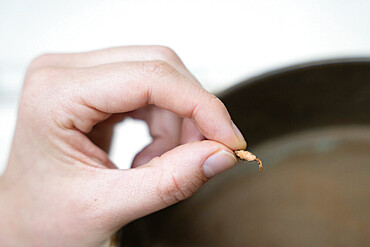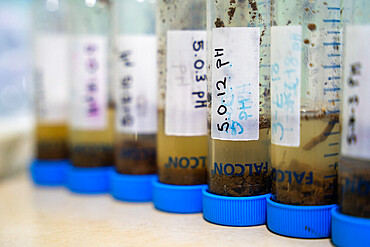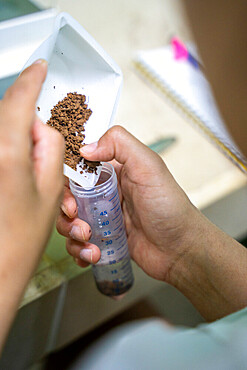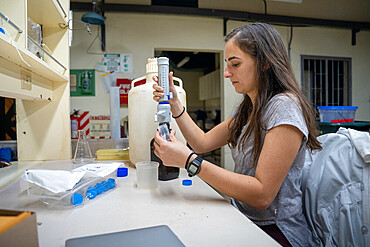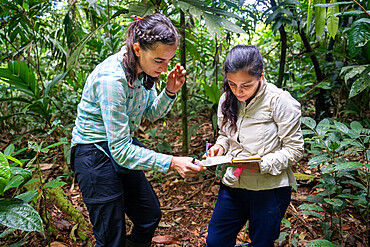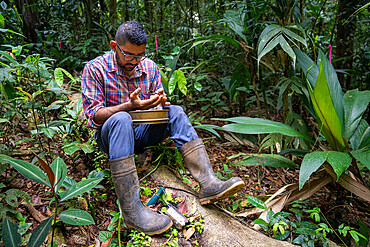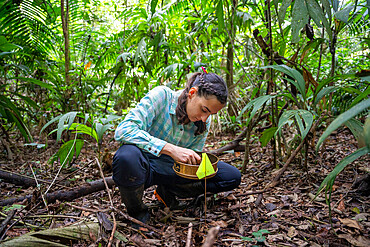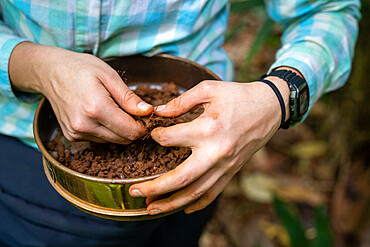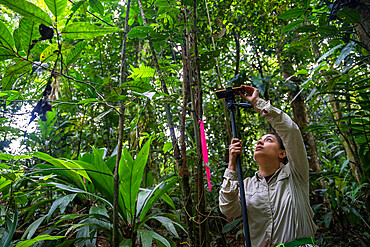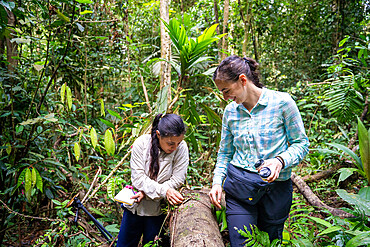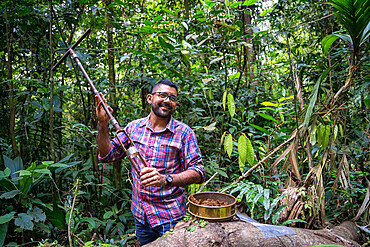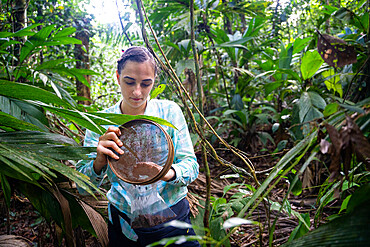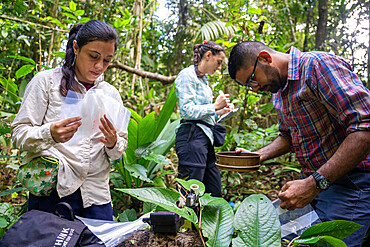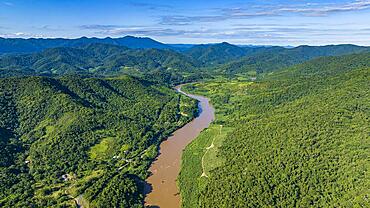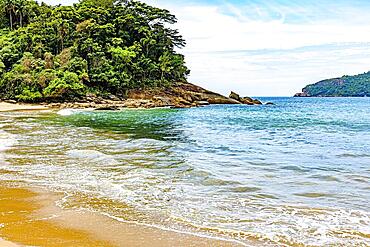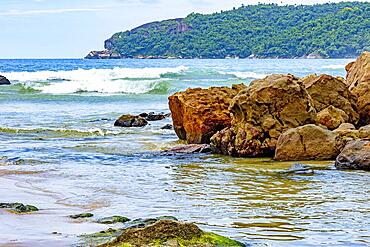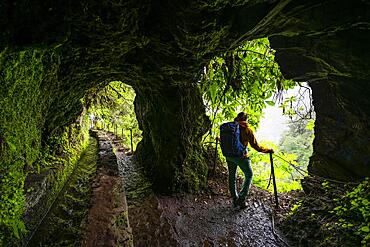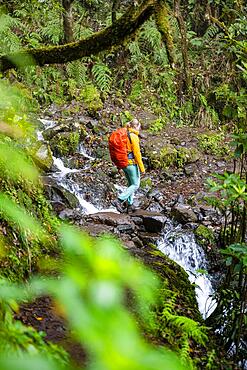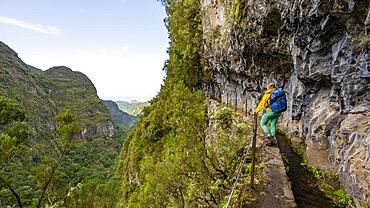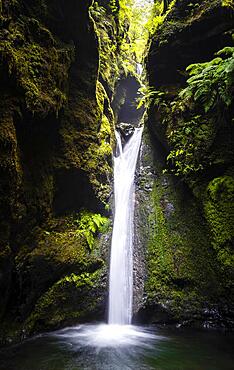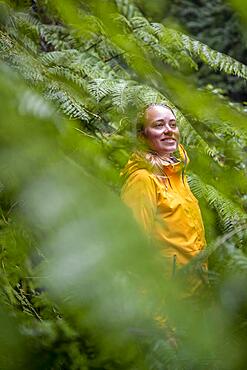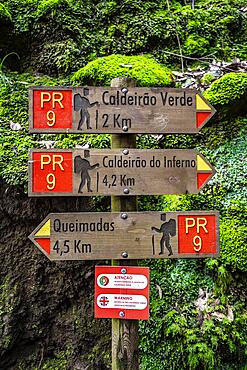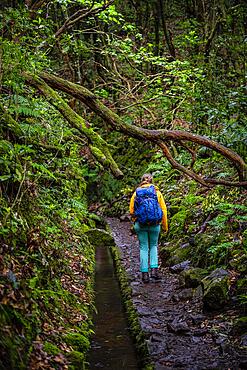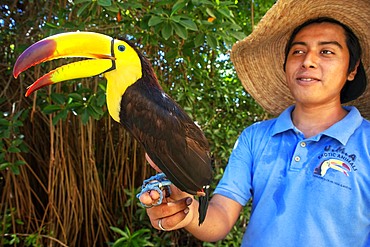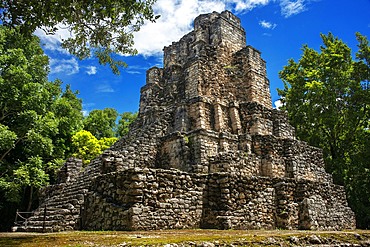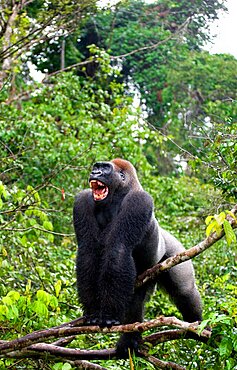Recent searches
Loading...
860-292315 - Ornate Coralsnake (Micrurus ornatissimus) - Yasuni National Park, Ecuador
860-292314 - Banded Tree-Anole (Anolis transversalis) - Yasuni National Park, Ecuador
860-292294 - Proboscis monkey or long-nosed monkey (Nasalis larvatus), Young male in a tree, Reserve of Labuk Bay, Sabah, Malaysia, North Borneo, Southeast Asia
860-292293 - Proboscis monkey or long-nosed monkey (Nasalis larvatus), female and young in a tree, Reserve of Labuk Bay, Sabah, Malaysia, North Borneo, Southeast Asia
860-292292 - Bornean Sun Bear (Helarctos malayanus) at rest on a branch, Borneo Malay Bear Center, Rescue and Rehabilitation Center, Sepilok Rehabilitation Center, Sabah, Malaysia, North Borneo, Southeast Asia
860-292291 - Bornean Sun Bear (Helarctos malayanus) at rest on a branch, Borneo Malay Bear Center, Rescue and Rehabilitation Center, Sepilok Rehabilitation Center, Sabah, Malaysia, North Borneo, Southeast Asia
860-292289 - Bornean Sun Bear (Helarctos malayanus) climbing in a tree, Borneo Malay Bear Center, Rescue and Rehabilitation Center, Sepilok Rehabilitation Center, Sabah, Malaysia, North Borneo, Southeast Asia
860-292288 - Bornean Sun Bear (Helarctos malayanus) climbing in a tree, Borneo Malay Bear Center, Rescue and Rehabilitation Center, Sepilok Rehabilitation Center, Sabah, Malaysia, North Borneo, Southeast Asia
860-292286 - Bornean Sun Bear (Helarctos malayanus), Borneo Malay Bear Center, Rescue and Rehabilitation Center, Sepilok Rehabilitation Center, Sabah, Malaysia, North Borneo, Southeast Asia
860-292285 - Bornean Sun Bear (Helarctos malayanus) climbing in a tree, Borneo Malay Bear Center, Rescue and Rehabilitation Center, Sepilok Rehabilitation Center, Sabah, Malaysia, North Borneo, Southeast Asia
860-292284 - Bornean Sun Bear (Helarctos malayanus) climbing in a tree, Borneo Malay Bear Center, Rescue and Rehabilitation Center, Sepilok Rehabilitation Center, Sabah, Malaysia, North Borneo, Southeast Asia
860-292216 - Gursky's spectral tarsier Tarsius spectrumgurskyae (sp. nov. M. Shekelle and al.) North Sulawesi
860-292184 - Sword-billed Hummingbird (Ensifera ensifera), female, confronting a Buff-tailed Coronot (Boissonneaua flavescens), Colombia
1372-149 - Suspension bridge through a warm illuminated tropical forest, the Rainforest biome of Mount Taranaki, North Island, New Zealand, Pacific
1131-2029 - Aerial view of a Giant Buddha head surrounded by an Asian tropical forest, AI Generated, Asia
860-291986 - Amazon Basin Tree Snake (Imantodes lentiferus) Thin snake with big eyes, French Guyana
860-291981 - Juvenile Emerald Tree Boa (Corallus caninus) at rest, Sauel, French Guiana
860-291980 - Drone view of the Amazon rainforest, Approuage River, French Guiana
860-291890 - Takamaka Valley, Saint Benoit, Reunion Island, France
860-291889 - Takamaka Valley, Saint Benoit, Reunion Island, France
860-291888 - Takamaka Valley, Saint Benoit, Reunion Island, France
1116-52819 - Woman relaxing on the rocks surrounding the hot springs at Trafalgar Falls enjoying the atmosphere of the lush rainforest on the Caribbean Island of Dominica in Morne Trois Pitons National Park, Dominica, Caribbean
1116-52818 - Woman enjoying soaking in the warm water, hot springs at Trafalgar Falls in the lush rainforest on the Caribbean Island of Dominica in Morne Trois Pitons National Park, Dominica, Caribbean
1116-52817 - Overhead view of a woman climbing over the slippery, wet rocks along the rushing stream at Trafalgar Falls on the Caribbean Island of Dominica in Morne Trois Pitons National Park, Dominica, Caribbean
1116-52810 - Family enjoying swimming in a natural pool under a plunging waterfall along the Road to Hana, Maui, Hawaii, United States of America
832-403604 - Top view tropical forest rainy weather
832-402849 - American Black Bear (Ursus americanus) with two cubs standing in the water holding captured salmon in her mouth, rainforest, Prince William Sound, Alaska, USA, North America
832-402066 - Mother and son trekking on some stairs along a path in the Garajonay natural park on La Gomera, Canary Islands
832-402065 - Mother and son trekking up some stairs on a path in the Garajonay natural park on La Gomera, Canary Islands
832-402064 - Mother and son climbing some stairs along a path in the Garajonay natural park on La Gomera, Canary Islands
832-402063 - Beautiful footpath in the natural park of Garajonay in La Gomera, Canary Islands
860-291668 - Lined leaf-tailed gecko (Uroplatus lineatus)
860-291579 - Western lowland gorilla (Gorilla gorilla gorilla) in tree. Odzala-Kokoua National Park. Cuvette-Ouest Region. Republic of the Congo
860-291578 - Western lowland gorilla (Gorilla gorilla gorilla) silverback with 2 youngsters in Marantaceae forest. Odzala-Kokoua National Park. Cuvette-Ouest Region. Republic of the Congo
860-291577 - Western lowland gorilla (Gorilla gorilla gorilla) in Marantaceae forest. Odzala-Kokoua National Park. Cuvette-Ouest Region. Republic of the Congo
860-291576 - Western lowland gorilla (Gorilla gorilla gorilla) in Marantaceae forest. Odzala-Kokoua National Park. Cuvette-Ouest Region. Republic of the Congo
860-291468 - The incredibly beautiful Iguazu Falls on the border between Brazil and Argentina.
860-291467 - The incredibly beautiful Iguazu Falls on the border between Brazil and Argentina.
860-291442 - Researcher photographing a 2.6 gram Stripe-throated Hermit hummingbird as part of a pollination study, rainforest at the "La Selva" research station in Puerto Viejo de Sarapiqui, Costa Rica
860-291441 - Researcher measuring a 2.6 gram Stripe-throated Hermit hummingbird wing as part of a pollination study, rainforest at the "La Selva" research station in Puerto Viejo de Sarapiqui, Costa Rica
860-291439 - Researcher measuring the beak of a Rufous-tailed hummingbird as part of a pollination study, rainforest at the "La Selva" research station in Puerto Viejo de Sarapiqui, Costa Rica
860-291440 - Researchers picking up pollen with a brush from the beak of a hummingbird Stripe-throated Hermit as part of a pollination study, rainforest at the "La Selva" research station in Puerto Viejo de Sarapiqui, Costa Rica
860-291438 - Researchers picking up pollen with a brush from the beak of a Rufous-tailed hummingbird as part of a pollination study, rainforest at the "La Selva" research station in Puerto Viejo de Sarapiqui , Costa Rica
860-291436 - Researcher catching Rufous-tailed Hummingbird (Amazilia Tzacatl) in a net set up for pollination study, rainforest at "La Selva" research station in Puerto Viejo de Sarapiqui, Costa Rica
860-291437 - Researchers picking up pollen using tape on the beak of a Rufous-tailed hummingbird as part of a pollination study, rainforest at the "La Selva" research station in Puerto Viejo de Sarapiqui, Costa Rica
860-291434 - Researcher setting up a net to capture hummingbirds as part of a pollination study, rainforest at the "La Selva" research station in Puerto Viejo de Sarapiqui, Costa Rica
860-291435 - Rufous-tailed Hummingbird (Amazilia tzacatl) in a net set up by a researcher as part of a pollination study, rainforest at the "La Selva" research station in Puerto Viejo de Sarapiqui, Costa Rica
860-291433 - Fringe-lipped Bat (Trachops cirrhosus) in the hand of a scientist as part of a pollination study, tropical forest at the "La Selva" research station in Puerto Viejo de Sarapiqui, Costa Rica
860-291432 - Bat caught in a net as part of a pollination study, rainforest at the "La Selva" research station in Puerto Viejo de Sarapiqui, Costa Rica
860-291431 - Researcher unhooking a bat caught in a net as part of a pollination study, rainforest at the "La Selva" research station in Puerto Viejo de Sarapiqui, Costa Rica
860-291430 - Researchers applying a mascara brush to the hairs of a Sowell's short-tailed bat (Carollia sowelli) to test methods to capture pollen that bats may carry as part of a pollination study, rainforest at the "La Selva" research station in Puerto Viejo de Sarapiqui, Costa Rica
860-291427 - Researchers applying tape to the hairs of a bat to test methods to capture the pollen it carries as part of a pollination study, rainforest at the 'La Selva' research station in Puerto Viejo de Sarapiqui, Costa Rica
860-291428 - Researchers applying a mascara brush to the hairs of a Sowell's short-tailed bat (Carollia sowelli) to test methods to capture pollen that bats may carry as part of a pollination study, rainforest at the "La Selva" research station in Puerto Viejo de Sarapiqui, Costa Rica
860-291426 - Sowell's short-tailed bat (Carollia sowelli) caught as part of a pollination study, rainforest at the "La Selva" research station in Puerto Viejo de Sarapiqui, Costa Rica
860-291424 - Net for catching bats as part of a pollination study, rainforest at the "La Selva" research station in Puerto Viejo de Sarapiqui, Costa Rica
860-291425 - Sowell's short-tailed bat (Carollia sowelli) caught as part of a pollination study, rainforest at the "La Selva" research station in Puerto Viejo de Sarapiqui, Costa Rica
860-291423 - Installation of a sign on a hiking trail indicating the presence of nets to capture bats as part of a pollination study, rainforest of the "La Selva" research station in Puerto Viejo de Sarapiqui, Costa Ricardo
860-291421 - 27-year-old female researcher working on nitrogen exchange between bacteria and the roots of legumes showing an example of a nodule of bacteria attached to the roots in the rainforest of the "La Selva" research station in Puerto Viejo de Sarapiqui, Costa Rica
860-291422 - Earth diluted with water in order to extract the PH from the soil as part of a study on nitrogen exchanges between bacteria and the roots of legumes in the tropical forest of the "La Selva" research station in Puerto Viejo from Sarapiqui, Costa Rica
860-291420 - Earth diluted with water in order to extract the PH from the soil as part of a study on nitrogen exchanges between bacteria and the roots of legumes in the tropical forest of the "La Selva" research station in Puerto Viejo from Sarapiqui, Costa Rica
860-291419 - 27-year-old researcher working in a lab on nitrogen exchange between bacteria and the roots of legumes in the rainforest at the "La Selva" research station in Puerto Viejo de Sarapiqui, Costa Rica
860-291418 - 27-year-old researcher and her team working on nitrogen exchange between bacteria and the roots of legumes in the rainforest at the "La Selva" research station in Puerto Viejo de Sarapiqui, Costa Rica
860-291417 - Research assistant working on nitrogen exchanges between bacteria and the roots of legumes in the tropical forest of the "La Selva" research station in Puerto Viejo de Sarapiqui, Costa Rica
860-291415 - 27-year-old researcher working on nitrogen exchange between bacteria and the roots of legumes in the rainforest at the "La Selva" research station in Puerto Viejo de Sarapiqui, Costa Rica
860-291416 - 27-year-old researcher working on nitrogen exchange between bacteria and the roots of legumes in the rainforest at the "La Selva" research station in Puerto Viejo de Sarapiqui, Costa Rica
860-291414 - 29-year-old assistant researcher working on nitrogen exchange between bacteria and the roots of legumes in the rainforest at the "La Selva" research station in Puerto Viejo de Sarapiqui, Costa Rica
860-291413 - 27-year-old researcher working on nitrogen exchange between bacteria and the roots of legumes in the rainforest at the "La Selva" research station in Puerto Viejo de Sarapiqui, Costa Rica
860-291412 - Research assistant working on nitrogen exchanges between bacteria and the roots of legumes in the tropical forest of the "La Selva" research station in Puerto Viejo de Sarapiqui, Costa Rica
860-291411 - Instrument for measuring soil humidity at research station ?La Selva? in Puerto Viejo de Sarapiqui, Costa Rica
860-291409 - 27-year-old researcher working on nitrogen exchange between bacteria and the roots of legumes in the rainforest at the "La Selva" research station in Puerto Viejo de Sarapiqui, Costa Rica
860-291410 - 27-year-old researcher working on nitrogen exchange between bacteria and the roots of legumes in the rainforest at the "La Selva" research station in Puerto Viejo de Sarapiqui, Costa Rica
860-291408 - 27-year-old researcher and her team working on nitrogen exchange between bacteria and the roots of legumes in the rainforest at the "La Selva" research station in Puerto Viejo de Sarapiqui, Costa Rica
860-291407 - Researchers walking through the rainforest at the "La Selva" research station in Puerto Viejo de Sarapiqui, Costa Rica
832-401165 - A mother on a bridge on the La Llania trekking trail in El Hierro, Canary Islands. lush green landscape
832-401164 - A mother with her son next to a sign identifying the La Llania trekking trail in El Hierro, Canary Islands. lush green landscape
832-401163 - Mother and son in the natural park of La Llania in El Hierro, Canary Islands. On a path of laurel from El Hierro in a lush green landscape
832-401162 - Mother and son walking in La Llania on El Hierro, Canary Islands. On a path of laurel from El Hierro in a lush green landscape
832-400873 - Aerial of the Iguape river, Unesco site Atlantic Forest South-East Reserves, Alto Ribeira Touristic State Park, Sao Paulo state, Brazil, South America
832-400871 - Aerial of the Iguape river, Unesco site Atlantic Forest South-East Reserves, Alto Ribeira Touristic State Park, Sao Paulo state, Brazil, South America
832-400872 - Aerial of the Iguape river, Unesco site Atlantic Forest South-East Reserves, Alto Ribeira Touristic State Park, Sao Paulo state, Brazil, South America
832-400230 - Dense vegetation of the tropical forest by the sea of transparent waters in Trindade on the south coast of Rio de Janeiro, Brasil
832-400229 - The encounter between the rocks, waves, preserved tropical forest and the sea in Trindade on the southern coast of the state of Rio de Janeiro, Brazil, Brasil, South America
832-398931 - Hiker in a tunnel at PR9 Levada do Caldeirao Verde, Madeira, Portugal, Europe
832-398930 - Waterfall, fern on cliff in jungle, PR9 Levada do Caldeirao Verde, Madeira, Portugal, Europe
832-398929 - Hiker on a Levada, PR9 Levada do Caldeirao Verde, Madeira, Portugal, Europe
832-398927 - Hiker on a Levada, PR9 Levada do Caldeirao Verde, Madeira, Portugal, Europe
832-398926 - Hiker on a Levada, PR9 Levada do Caldeirao Verde, Madeira, Portugal, Europe
832-398925 - Ribeira Grande, waterfall in a gorge on PR9 Levada do Caldeirao Verde, Madeira, Portugal, Europe
832-398921 - Adventure in nature, hiker in the thicket, fern, PR9 Levada do Caldeirao Verde, Madeira, Portugal, Europe
832-398919 - Hiking sign, Levada, PR9 Levada do Caldeirao Verde, Madeira, Portugal, Europe
832-398918 - Hiker on a Levada, PR9 Levada do Caldeirao Verde, Madeira, Portugal, Europe
1350-6606 - A Mexican staff member holds a tucan at Grand Palladium White Sand Resort and Spa in Riviera Maya, Yucatan Peninsula, Quintana Roo, Caribbean Coast, Mexico
1350-6596 - Estructura 8I-13 El Castillo at Chunyaxche Muyil Maya ruins, rainforest near Tulum, Yucatan Peninsula, Quintana Roo, Mexico
1350-6678 - Strawberry Poison Frog (Dendrobates pumilio), adult, Bastimentos National Park, Bocas del Toro, Panama. The strawberry poison frog or strawberry poison-dart frog (Oophaga pumilio or Dendrobates pumilio) is a species of small amphibian poison dart frog found in Central America. It is common throughout its range, which extends from eastern central Nicaragua through Costa Rica and northwestern Panama. The species is often found in humid lowlands and premontane forest, but large populations are also found in disturbed areas such as plantations. The strawberry poison frog is perhaps most famous for its widespread variation in coloration, comprising approximately 15���30 color morphs, most of which are presumed to be true-breeding. O. pumilio, while not the most poisonous of the dendrobatids, is the most toxic member of its genus. The species is most diverse in Panama with varieties in vivid shades of all red, orange, blue, yellow or green, green and yellow, white with red, orange or black and spotted varieties. The most colorful mix is found in Isla Bastimentos Marine National Park though not all in one place. Colors vary by location. A beach on the north side of the island is named after the species. Two of Southern Explorations' Panama tours visit red frog habitat. Both the eight-day Panama Adventure trip and eleven-day Panama Highlights trip spend time in Isla Bastimentos Marine National Park and the former also goes to Red Frog Beach.
The red frog is not as poisonous as some of its cousins and is not a threat to humans. It subsists on a diet of ants that dine on poisonous plants, providing the red frog its protective skin toxin. Males attract females with a loud quick chirp. To hear the distinctive sound before you depart on your Panama tours, go to the University of Michigan Museum's biodiversity website (www.animaldiversity.ummz.umich.edu.) After birth, the tadpoles climb aboard the mother who deposits them in different protected areas where she retu
860-291195 - Poison frog (Ranitomeya variabilis), Peru
860-291402 - Bornean orangutan (Pongo pygmaeus) juvenile playing in tree, Tanjung Puting National Park, Central Kalimantan, Indonesia
860-291241 - Big male gorilla (Gorilla gorilla gorilla) is standing on a dry branch of a tree in the jungle. Republic of the Congo.
860-291197 - Poison frog (Ranitomeya benedicta), Peru
860-291193 - Brown-throated Three-toed Sloth (Bradypus variegatus), Panama
